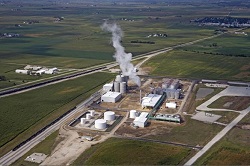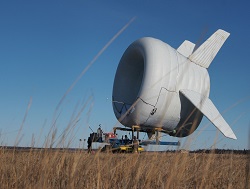 A new grant looks to improve the science and understanding behind greenhouse gas (GHG) modeling to show how biodiesel helps the economy while adding security benefits. This piece from Biodiesel Magazine says the National Biodiesel Foundation (NBF) grant to the National Biodiesel Board (NBB) to study the science behind GHG modeling will help quantifying the environmental benefits biodiesel is able to offer to state and federal energy policies that aren’t even in the realm of possibilities for for fossil fuels.
A new grant looks to improve the science and understanding behind greenhouse gas (GHG) modeling to show how biodiesel helps the economy while adding security benefits. This piece from Biodiesel Magazine says the National Biodiesel Foundation (NBF) grant to the National Biodiesel Board (NBB) to study the science behind GHG modeling will help quantifying the environmental benefits biodiesel is able to offer to state and federal energy policies that aren’t even in the realm of possibilities for for fossil fuels.
“The greatest potential for improving the accuracy of biodiesel’s GHG score is to improve the quantification of indirect land use change associated with feedstock production,” said Don Scott, director of sustainability at NBB. Under the NBF grant, NBB expects to improve the accuracy of data used in economic and life-cycle models. The biodiesel industry has set responsible goals based on the availability of feedstocks without increasing prices or acres.
Scott further explains, “The current theory of indirect land use change relies on the assumption that feedstock prices will increase, so the models are predicting outcomes nearly the opposite of what is actually happening.” In 2013, record biodiesel production demonstrated that feedstocks could remain in abundant supply. Biodiesel production increased 35 percent while soybean oil prices dropped 25 percent. “If the scientific community continues to improve the modeling, it is likely that model results will converge with reality and show zero indirect land use change emissions attributable to U.S. biodiesel,” Scott said.
NBF works closely with NBB to address national issues regarding biodiesel and hopes this improved understanding of sustainability will improve data inputs to GHG models.











